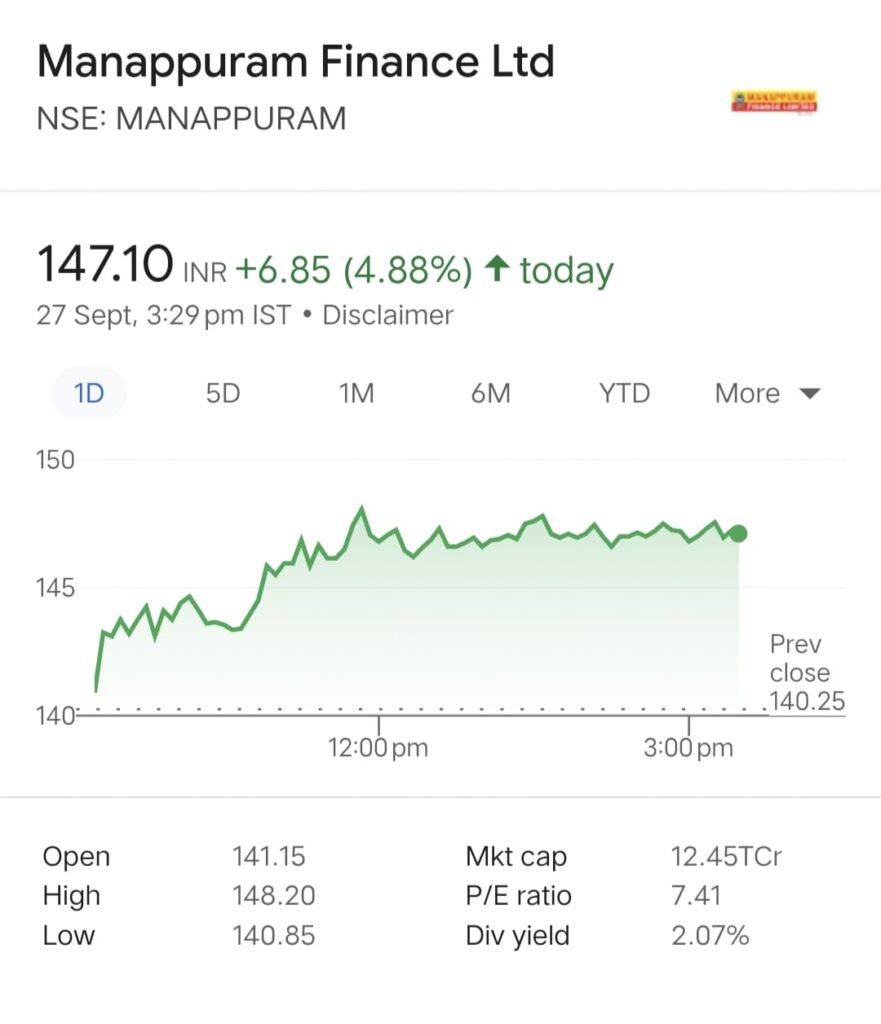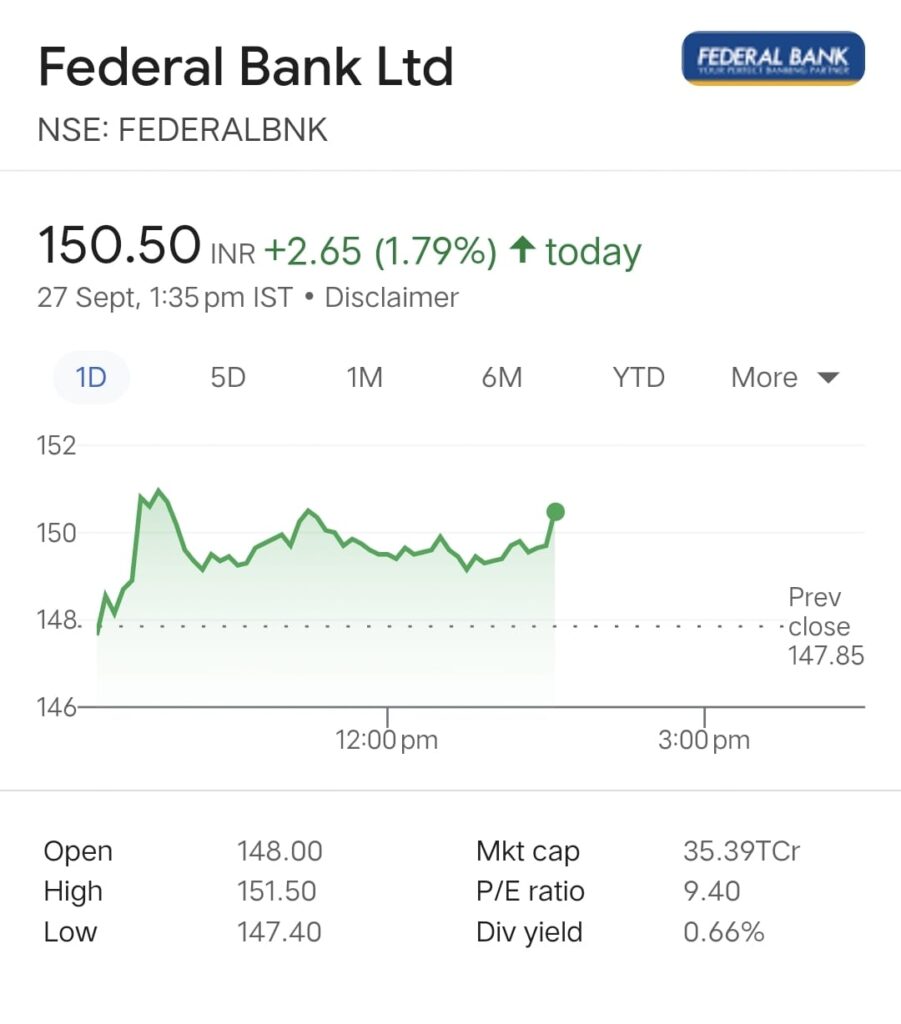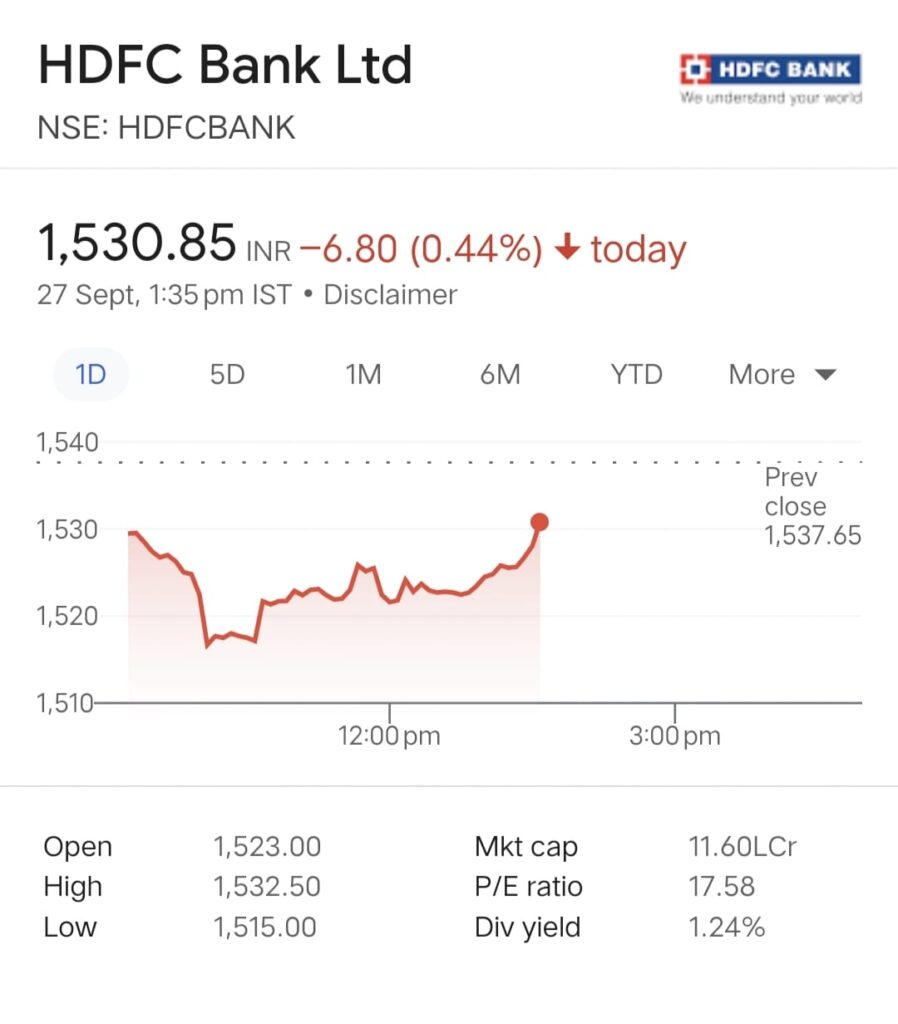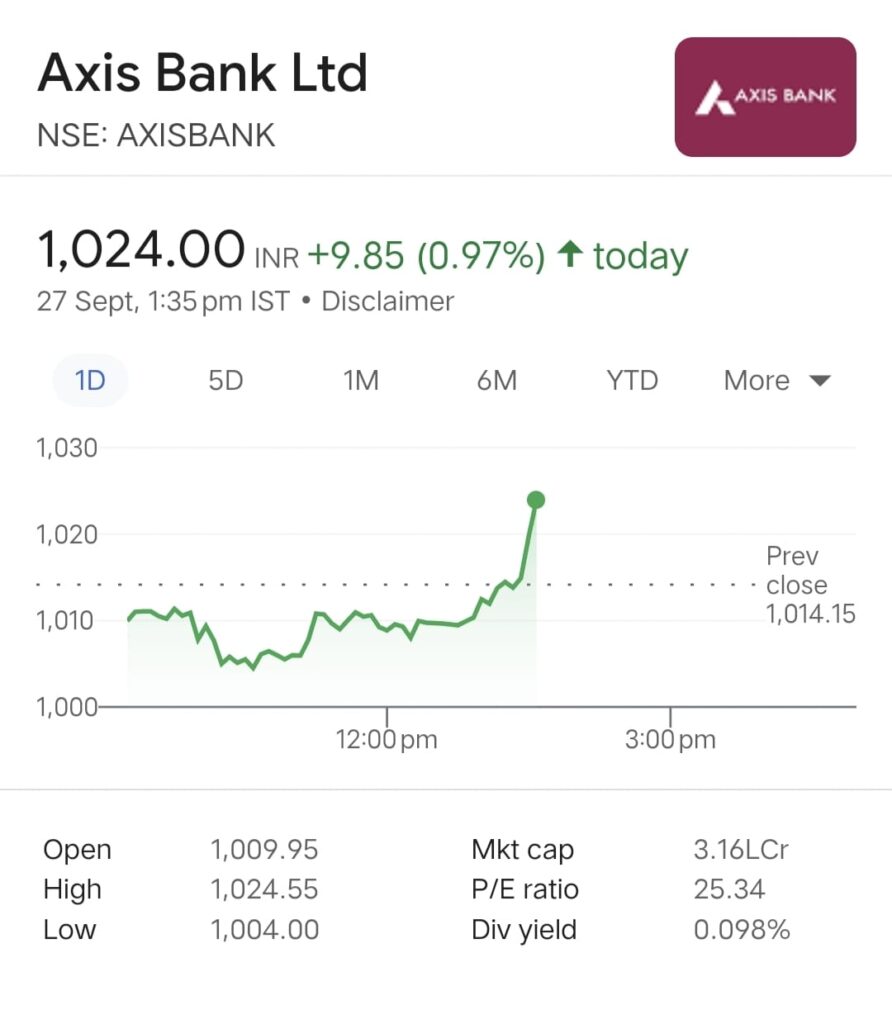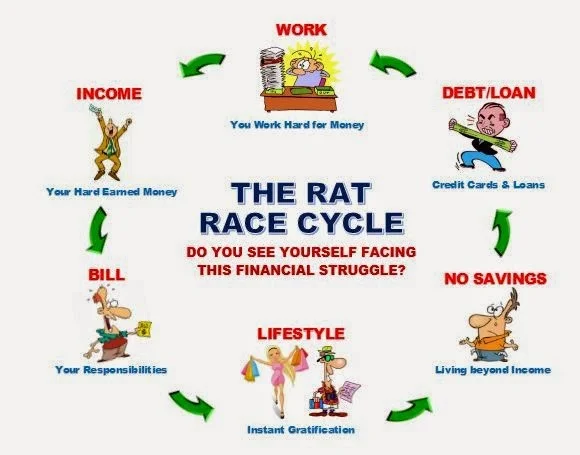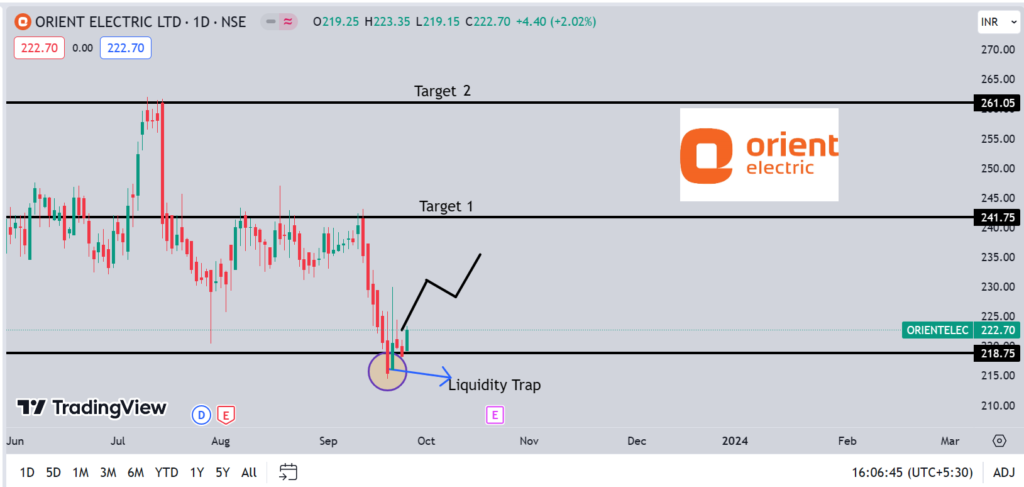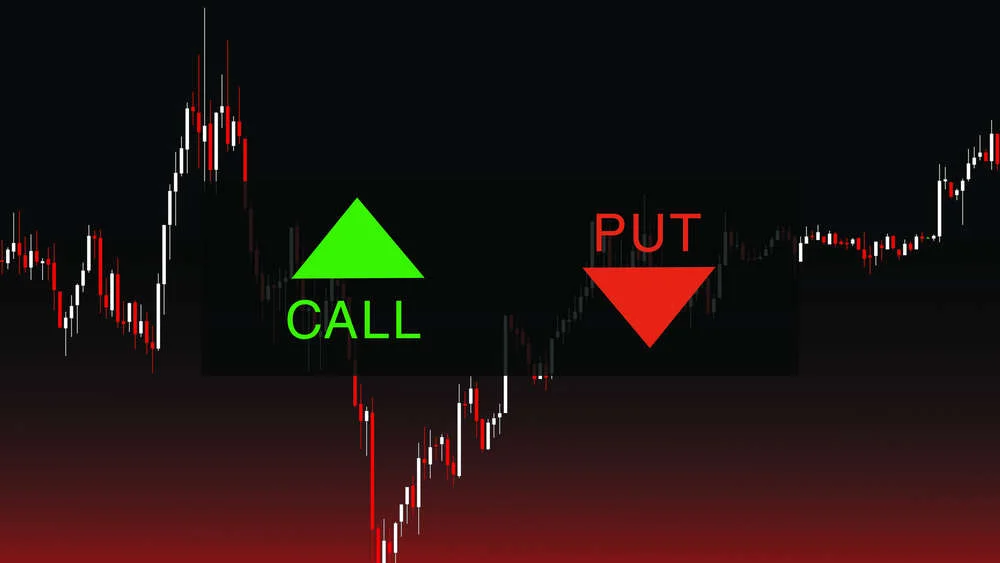
Since the efficiency of a trading pattern depends on a number of variables, including market conditions, the particular asset being traded, as well as a trader’s trading style and risk tolerance, there is no one-size-fits-all “best” pattern for intraday trading. However, intraday traders frequently follow a few standard patterns. Some of them are as follows:
- Support and Resistance Levels: The concept of support and resistance levels is essential to technical analysis. A major support level is the price at which an asset tends to find purchasing interest, and a key resistance level is the price at which selling interest tends to occur. Intraday traders frequently search for chances to purchase close to support and sell close to resistance.
- Moving Averages: Simple moving averages (SMA) and exponential moving averages (EMA) are two types of moving averages that are used to spot trends and potential turning points. Short-term and long-term moving average crossovers might indicate opportunities for buying or selling.
- Candlestick Patterns: Candlestick patterns, such as doji, engulfing patterns, and hammers, can reveal information about the mood of the market and future reversals. These patterns are frequently combined with other indicators by traders.
- Chart motifs:
- The Head and Shoulders pattern may indicate a change in trend. It consists of a head peak in the middle of two shoulder peaks.
- Double Tops and Double Bottoms: These patterns appear when the price tests a certain level twice without breaking it, and they are indicators of probable trend reversals.
- Bollinger Bands: A moving average and two standard deviation bands make up the Bollinger Bands. They aid traders in spotting possible price volatility as well as overbought or oversold positions.
- Relative Strength Index (RSI): RSI gauges the force and quickness of price changes. It is used by traders to spot overbought (conditions over 70) and oversold (conditions below 30), which might indicate probable reversals.
- Fibonacci Retracement Levels: Based on the Fibonacci sequence, traders utilise Fibonacci retracement levels to pinpoint probable support and resistance levels. To identify entry and exit places, use these levels as a guide.
- Volume Analysis: Tracking trade activity can reveal information about how strongly prices fluctuate. Unusual volume levels or decreases can indicate possible trend changes.
- Strategies for Breakouts and Pullbacks: Traders frequently search for breakout patterns when the price departs from a range of consolidation. They might then wait for a pullback before making a trade in the breakout’s direction.
- Scalping Strategies: Scalpers try to make money off of modest price changes that happen very quickly. For quick trades, they frequently employ technical indicators like moving averages, stochastic oscillators, and tick charts.
It’s important to keep in mind that there are substantial dangers associated with intraday trading and that no pattern or approach is failsafe. Technical analysis is frequently used by successful intraday traders in conjunction with risk management, a clear trading strategy, and discipline. Additionally, they consistently learn from their experiences and improve their methods in response to shifting market situations.
Any intraday trading strategy should be well understood, practised in a risk-free setting, and possibly even discussed with seasoned traders or financial experts before being put into action. Additionally, to guard against potential losses in intraday trading, risk management is crucial. This includes placing stop-loss orders and controlling position sizes.
FOR MORE INFO CLICK THIS SITE:https://learningsharks.in/
FOLLOW OUR PAGE:https://www.instagram.com/learningsharks/?hl=en


